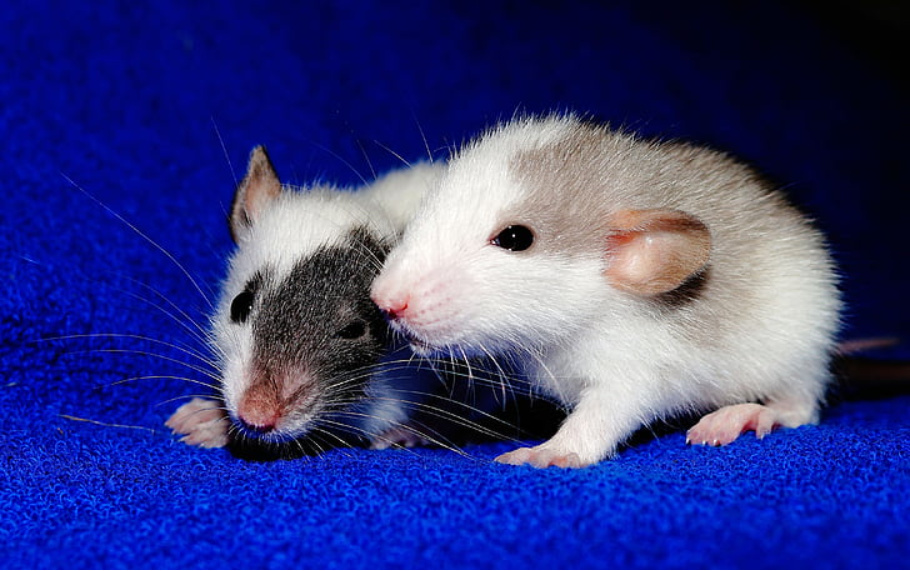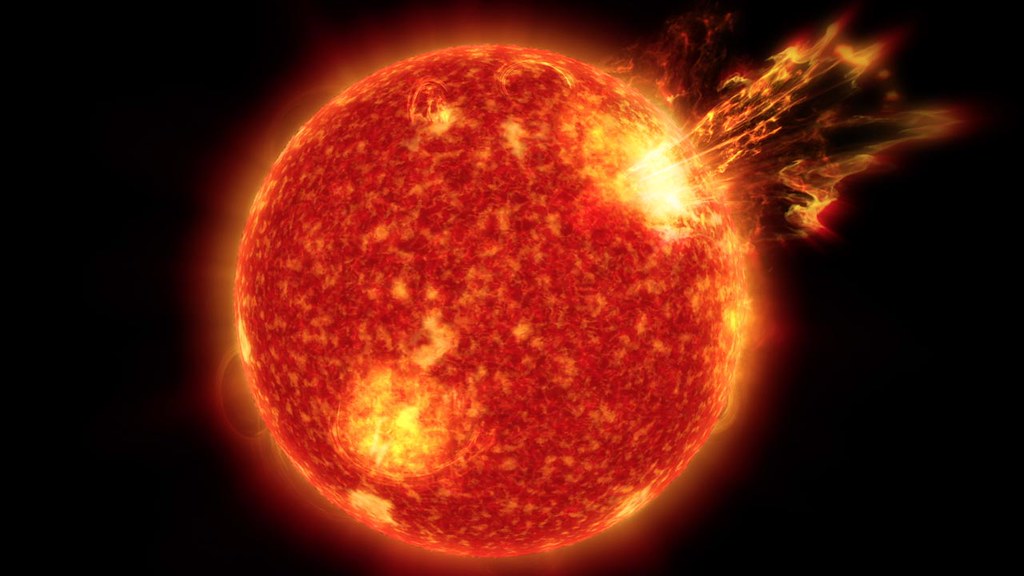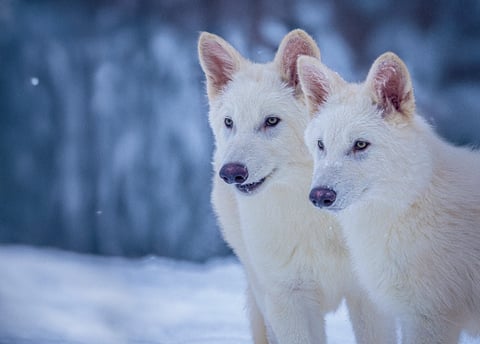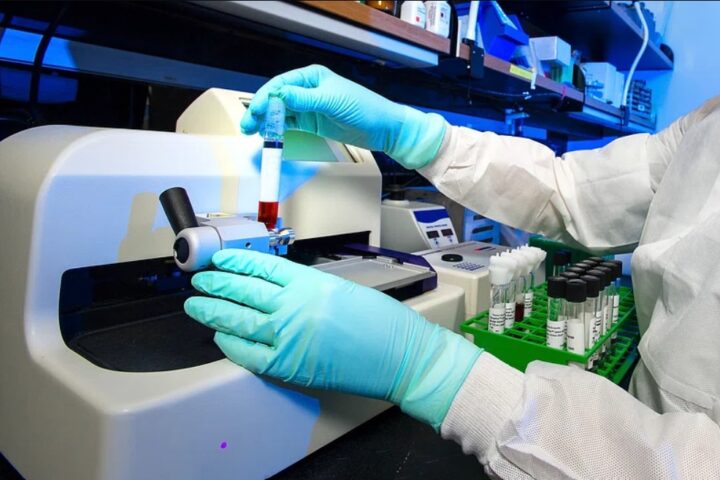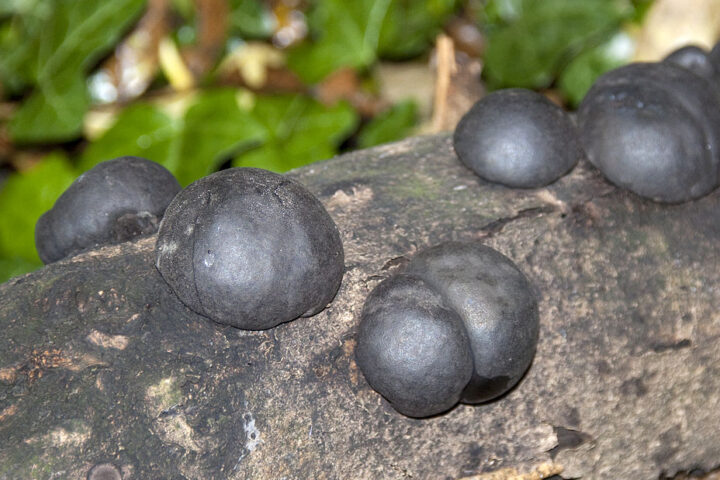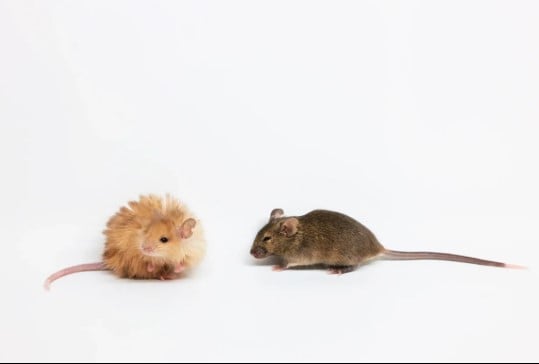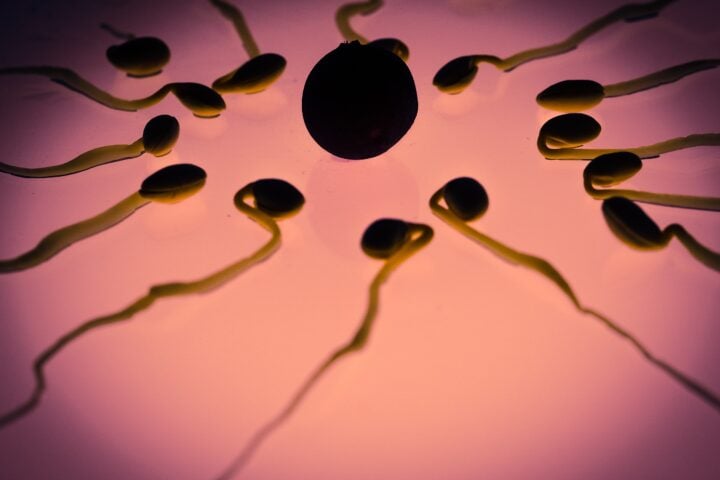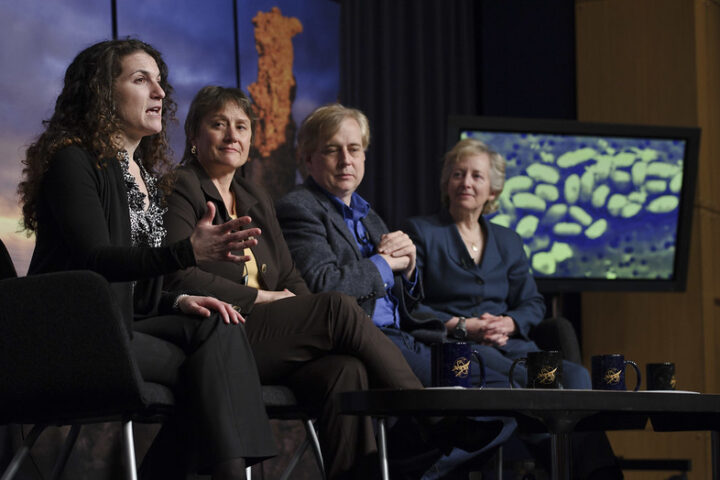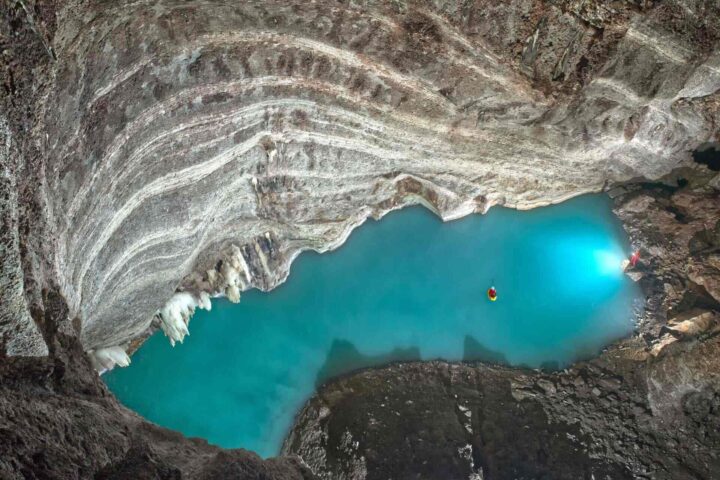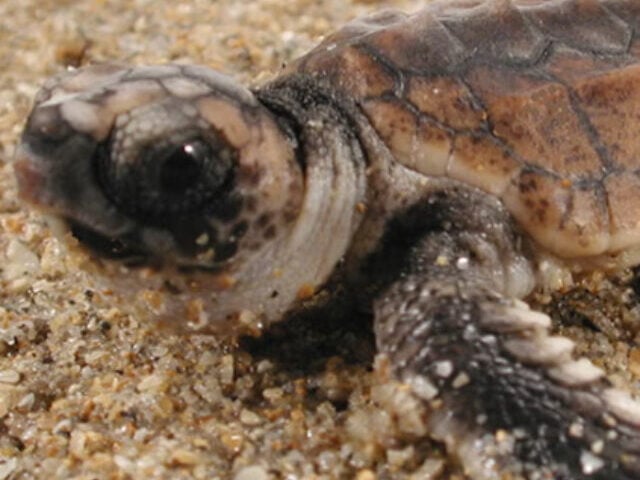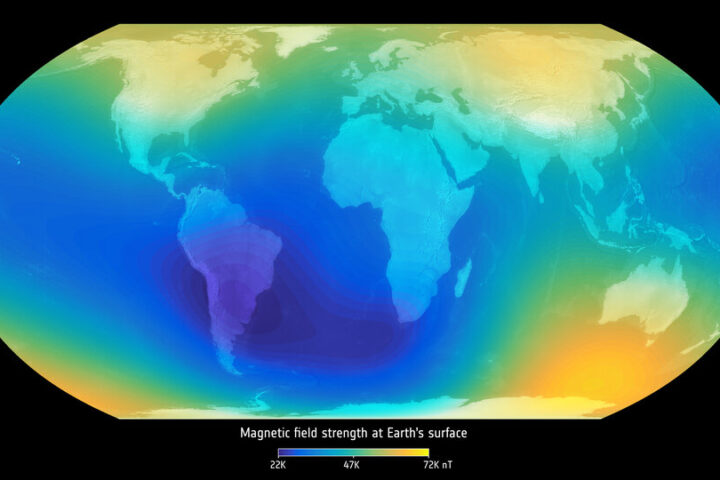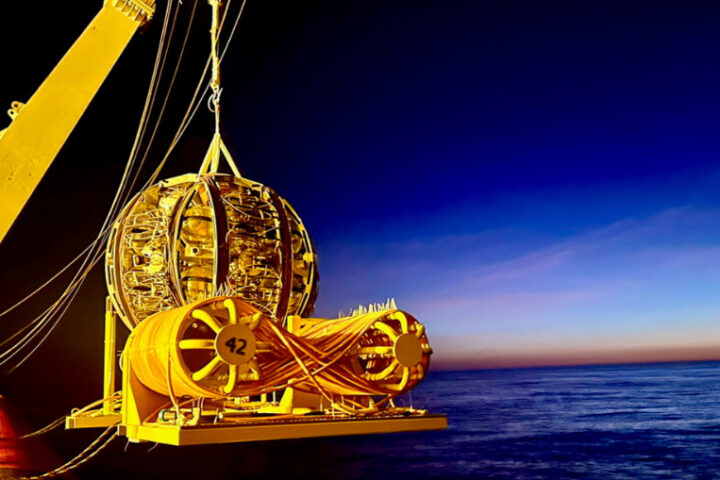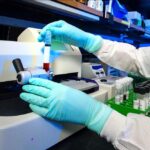A mouse born from two fathers has lived to become an adult, marking a first in science history. Chinese scientists at the Chinese Academy of Sciences made this possible by modifying imprinting genes that control gene expression through techniques like gene deletion, region editing, and genetic base pair changes.
“This work will help to address a number of limitations in stem cell and regenerative medicine research,” says Wei Li, who led the research team. What makes this special is that unlike some lizards and snakes that can reproduce without mating, mammals have always needed both male and female parents to create offspring.
The research team modified 20 key imprinting genes in male mouse cells using various genetic engineering techniques. Among the viable embryos they created, 11.8% developed until birth. This is much better than their previous attempts, where only 1.2% survived. However, there’s still a long way to go – many of the mice that did survive had health problems and couldn’t have their own babies.
Looking at the mice that made it to adulthood, scientists noticed they grew larger than normal mice and didn’t live as long. Research has suggested this could be because genes from fathers tend to promote growth while mothers’ genes tend to restrict it. As researcher Qi Zhou explains, “Even when constructing bi-maternal or bi-paternal embryos artificially, they fail to develop properly.”
The mice that survived showed interesting patterns in their development. Their organs grew too large, sometimes pressing against their chest cavity. This shows how genes from mothers and fathers usually work together to control growth in natural reproduction.
From a wildlife perspective, this research reveals new insights about how mammals reproduce. The modified mice provide a unique window into studying genetic controls that nature has established for reproduction.
Similar Posts
“These findings provide strong evidence that imprinting abnormalities are the main barrier to mammalian unisexual reproduction,” notes Guan-Zheng Luo from Sun Yat-sen University. This means there’s a reason why mammals normally need both male and female parents – it helps keep genetic controls in balance.
The scientists are now working to improve their techniques, hoping to create healthier mice. They plan to try similar experiments with larger animals, though they acknowledge this will be much more complicated since each species has different genetic patterns.
While this research opens new doors for understanding how genes work, it also raises important questions about genetic modification and its limits. The low success rate and health problems in the surviving mice show that there’s still much to learn about the complex dance of genes in mammalian development.
